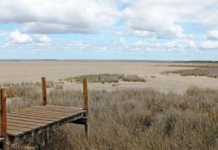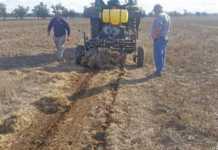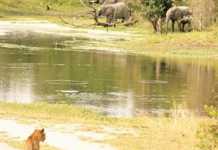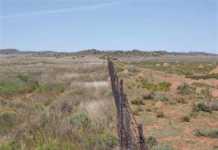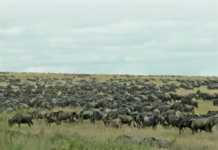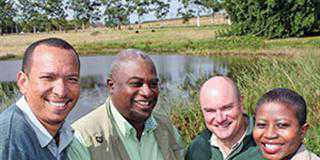The economic thumbscrew – or should I say brainscrew – tightens every year as production costs increase and profits decrease. Making every rand count is key to economic survival. Investment in fertiliser has always yielded excellent returns. It’s one of the best in terms of rand returned per rand invested. But this ‘cost centre’ needs to be more closely scrutinised, as there’s no longer room for waste.
Recently, I took a soil sample from a land in the Harrismith district of the Free State. The soil’s mineral balance turned out to be very close to the ideal Albrecht equilibrium. All this land needed was 1,5t of dolomitic lime, 15kg of zinc sulphate and 15kg of boric acid per hectare. The phosphorus (P) and potassium (K) levels were excellent. The farmer had been using a fertiliser mix containing both P and K, which in his case was tantamount to waste.
His fertiliser programme was based on plant removal of macronutrients and soil minerals were ignored. Ignoring the micronutrients is a common mistake. Feeding the plant invariably takes precedence over feeding the soil to feed the plant – that is, balancing soil minerals.
Increased profitability
This biological approach is frequently and incorrectly perceived to be more costly than feeding the plant. Yes, it can be expensive but, in the long run, it’s a different story. Never lose sight of the fact that FAIRsoil mineralisation is not a production cost but a capital cost. It can be compared to refurbishing a factory with machines that will greatly improve output at a lower energy cost per unit produced. The result is a substantial increase in profitability.
A case study of irrigated sugar cane in Pongola, KwaZulu-Natal shows how ‘refurbishing’ a land (S1) with calcium proved to be an outstanding investment (See Table 1). S1 was planted in 1996. Yield data available from 1998 showed that the yield dropped steadily from that year on. The average yield for the years 2001 to 2003 was 94t/ha.
At the time, this was about 5t to 10t above the zero profit production level. During this period, the farmer was advised to more than double the standard nitrogen fertiliser rates, which he did. However, his yields continued to drop.
Magnesium
The farmer then sought help from an agronomist schooled in the Albrecht principles of soil mineral balancing. The agronomist told the farmer that he had fallen into the pH trap. The fact is that soils in this area are inherently high in magnesium and are characterised by a water pH of 6,5 and higher.
Conventional agriculture dictates that such soils do not require lime. But these soils are low in calcium. I must explain that the biggest problem with magnesium-rich soil is that it is tightly compacted. That is, it lacks air- and water-holding space. This negatively affects root growth and the ability of plants to take up nutrients. Soil water uptake is also restricted.
The only practical way to solve the problem, and get out of the pH trap, is to apply calcium in the form of lime and/or gypsum. The Albrecht agronomist suggested a combination of calcitic lime and gypsum, so 2t of each were applied in 2003. The yield in 2004 was 11t higher than it had been for the previous three-year period. In the following three years, S1 produced yields of 130t/ ha, 122t/ha and 126t/ha.
The average increase for the first four years after liming was 121t/ha. This was 28% higher than the average yield of the 2001 to 2003 production period. What makes this result all the more remarkable is that nitrogen applications were cut by about half in the four years post-liming. Further soil mineral corrections were made in 2008.
To simplify the economic evaluation shown in Table 1, only the 2001 to 2007 production period has been taken into account. Correcting calcium in the soil rendered a return of R20 per R1 invested. Put another way, the average annual return on invested capital exceeded 500%. Can any other farming investment do better than that?
John Fair is a leading expert on pastures and founder and head of the SA Biofarm Institute in Harrismith.
Contact John on 058 622 3585 or at [email protected]. Please state ‘Biological farming’ in the subject line of your email.

